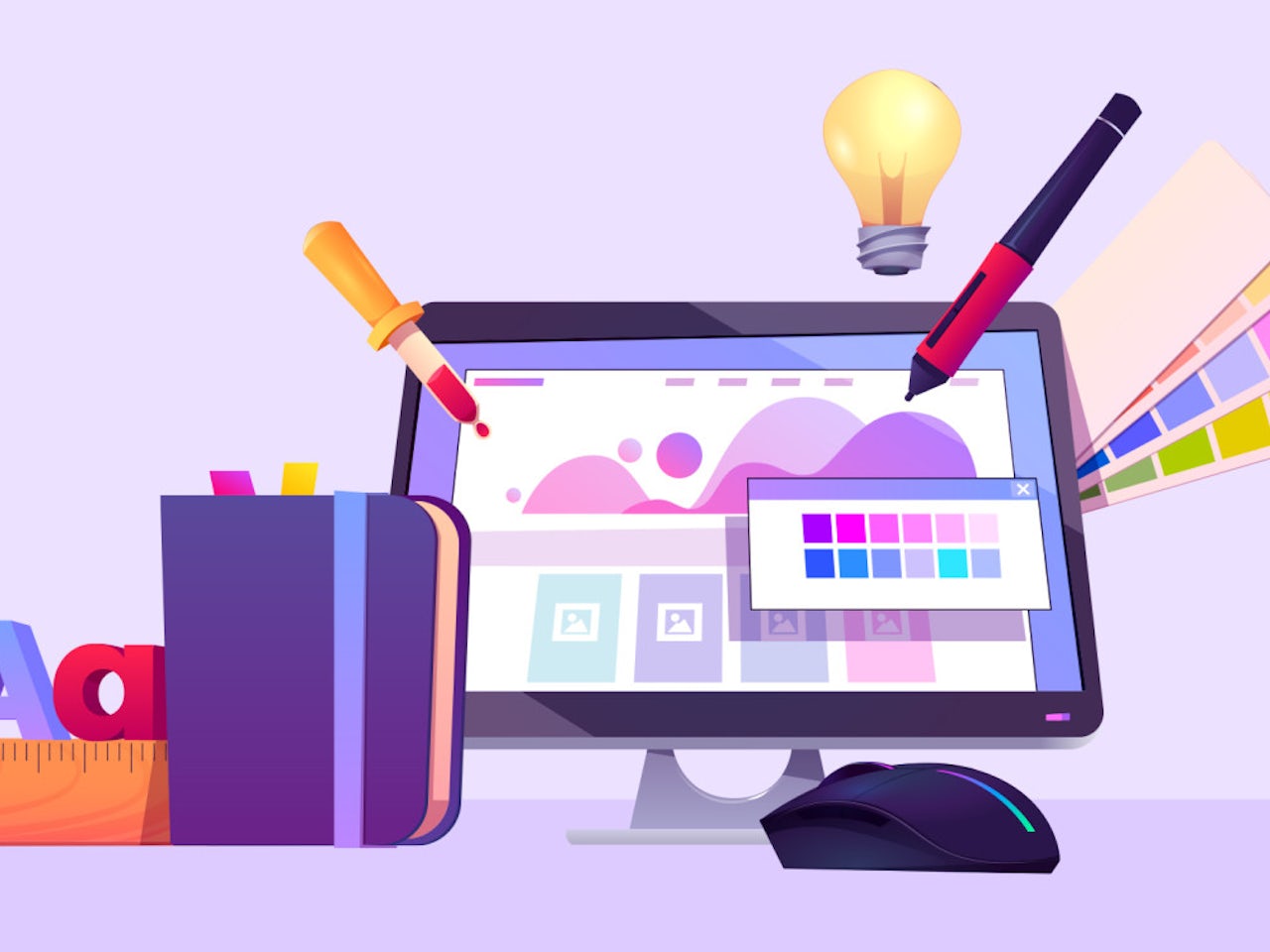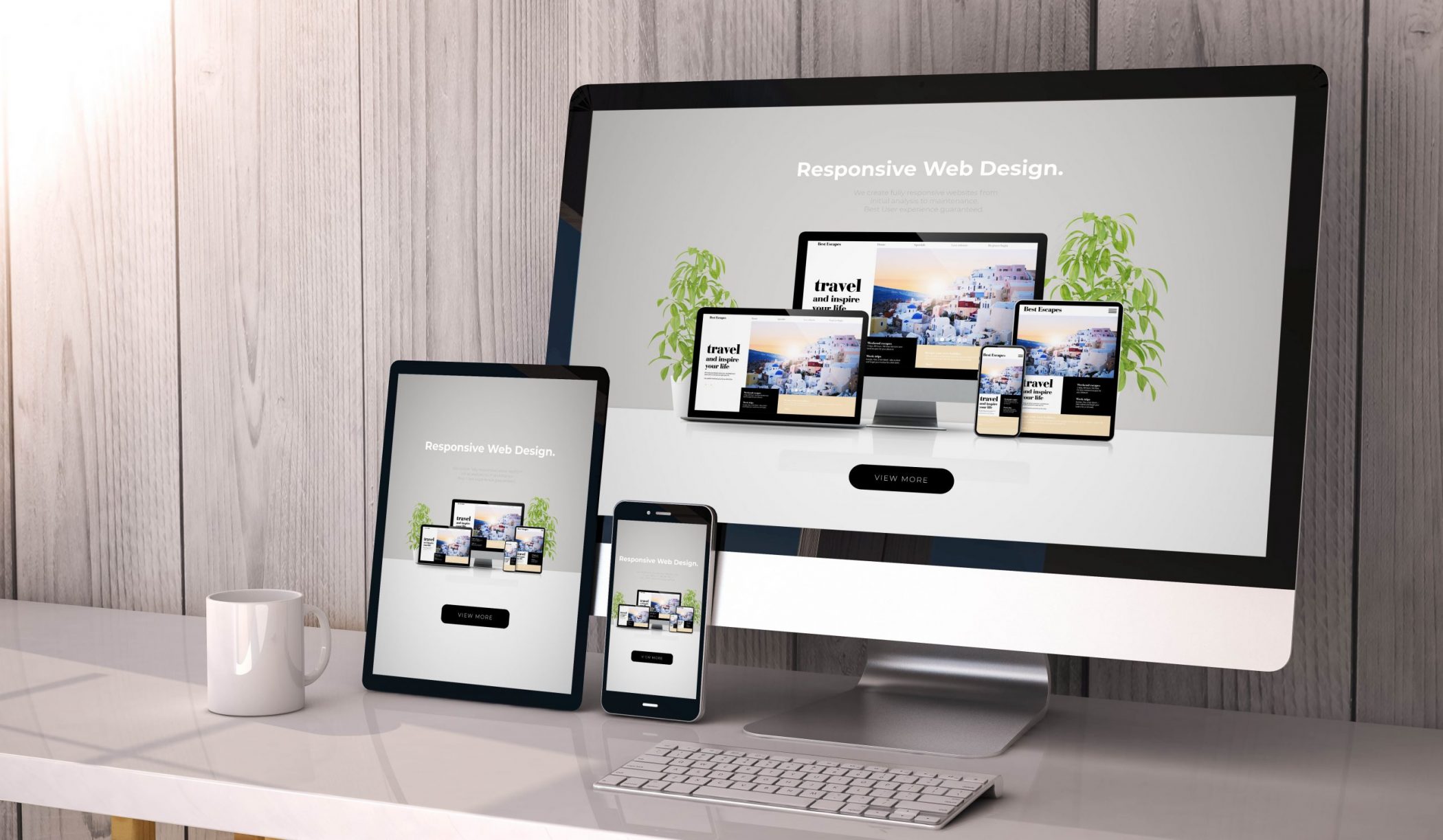Just How Ingenious Web Design Can Change Your Brand Name Identity
Ingenious web design plays an important role fit a brand's identification. It serves as the digital store front, influencing initial perceptions and user engagement. Thoughtful design selections can create unforgettable experiences and foster commitment. However, the influence exceeds appearances. Comprehending the underlying concepts of effective web design can expose its real possibility. What strategies may be employed to guarantee that a brand name not just stands apart yet also resonates with its target market?
The Value of First Impressions in Web Design
How vital is an initial impression in the domain of web design? It acts as the preliminary entrance to user interaction, identifying whether visitors will certainly check out further or abandon the website. A website's aesthetic and capability can considerably influence perceptions of a brand's credibility and expertise. In an age where digital interactions are instant, individuals develop viewpoints within secs, making visual appeal and instinctive navigation important.
A reliable impression can cultivate depend on and urge exploration, while an inadequately created interface may evoke irritation and hesitation. Elements such as color design, typography, and format all add to this preliminary assumption. Furthermore, consistency in style throughout all pages reinforces brand name identity. Therefore, the relevance of impressions in web design can not be overemphasized; they not just determine user retention but additionally effect overall user experience and satisfaction, eventually shaping a brand name's reputation in a competitive on-line landscape.
Secret Elements of Effective Web Design
A website's effectiveness pivots on numerous crucial elements that operate in harmony to produce a favorable user experience. User-friendly navigating is essential, permitting individuals to find details easily. Succinct and clear material boosts understanding and interaction, while calculated use whitespace avoids overwhelming the customer.
Receptive style is an additional essential facet, ensuring that the web site functions well on numerous gadgets and screen dimensions. Rapid loading times are necessary; sluggish sites can bring about high bounce rates.
Aesthetic elements, including top quality photos and an enticing layout, add to an aesthetically pleasing experience that resonates with individuals. Availability must not be overlooked, as it guarantees that all individuals, no matter of capacity, can connect with the website.

Just How Color Psychology Influences Brand Understanding
Color psychology plays an essential role in forming brand name understanding, affecting consumer emotions and behaviors in extensive means. Different shades stimulate specific feelings; for instance, blue commonly conveys depend on and expertise, while red can evoke excitement or seriousness. Brands purposefully take advantage of these associations to enhance their identification and connect with their target market.
For instance, a technology company may use a sleek blue scheme to project integrity, while a food brand might go with lively reds and yellows to stimulate cravings and power - Website Design Agency. The consistency of color throughout different platforms enhances brand recognition and cultivates loyalty

Enhancing User Experience With Ingenious Attributes
Many cutting-edge functions can greatly improve user experience in web design, creating an extra interesting and user-friendly interaction for visitors. Interactive aspects such as dynamic material, computer animations, and receptive see this page layout assurance that users continue to be astounded and entailed. Incorporating attributes like chatbots can provide real-time support, enhancing communication and dealing with user queries immediately.
Additionally, individualized web content based upon user actions promotes a customized experience, motivating prolonged interaction. Availability features, consisting of voice navigation and display readers, assure inclusivity for all individuals, better enhancing overall contentment.
Implementing user-friendly navigating, such as sticky food selections and breadcrumb trails, permits users to find details effortlessly, minimizing irritation. Incorporating micro-interactions, like refined animations throughout switch clicks, can provide favorable comments, enhancing user activities. Ultimately, these innovative attributes function collectively to create a satisfying and smooth user experience, significantly enhancing the total assumption of a brand.
Instance Studies: Brands That Transformed Their Identification Via Web Design
Website design plays a crucial duty in forming a brand's identification, as shown by various business that have actually effectively redefined their image via cutting-edge on the internet experiences. A remarkable instance is Airbnb, which overhauled its internet site to focus on narration and user-generated web content. This technique not only enhanced user interaction her response yet likewise strengthened its community-centric brand identification.
The rebranding of Dropbox via a minimalist style stressed simpleness and capability, straightening perfectly with its objective to make documents sharing simple and easy. The new aesthetic identification cultivated a contemporary and trustworthy image.
An additional situation is Mailchimp, which moved from an easy e-mail advertising and marketing device to a full-fledged advertising and marketing platform. Its dynamic design and spirited imagery reflect a imaginative and friendly brand individuality, appealing to a wider audience.
These transformations show exactly how tactical web design can considerably affect understanding, inevitably driving brand name loyalty and market development. - Website Design Agency
Frequently Asked Inquiries
Just How Much Does Ingenious Web Design Normally Cost?
Innovative web design commonly sets you back between $2,500 to $15,000, depending upon complexity, features, and developer experience. Custom-made solutions may exceed this array, mirroring the financial investment in high quality and capability that boosts user experience.

What Are the current Web Design Trends to Watch?
The most up to date web design patterns include minimalism, strong typography, dark mode, interactive elements, and immersive storytelling. These aspects improve user experience, making sure internet sites stay appealing and aesthetically appealing in a progressively electronic landscape.
For how long Does an Internet Style Project Normally Take?
A website design project usually takes in between four to twelve weeks, depending on factors such as intricacy, customer comments, and the layout group's work. Timelines may vary significantly based on specific task demands and objectives.
Can I Upgrade My Internet Site Without Shedding Search Engine Optimization Rankings?
Yes, a website can be revamped without shedding SEO positions. Mindful planning, keeping link structures, enhancing on-page aspects, and upgrading back links assist preserve visibility in online search engine during and after the redesign procedure.
What Platforms Are Finest for Carrying Out Ingenious Web Design?
Popular platforms for ingenious web design consist of WordPress, Wix, and Squarespace. Each deals unique functions, design templates, and personalization alternatives, allowing individuals to produce useful and visually enticing web sites that line up with their brand identification.
Innovative web design plays a necessary function in shaping a brand's find more info identification. Numerous innovative features can substantially enhance user experience in internet design, producing a more user-friendly and appealing interaction for site visitors. Web Design Agency. Interactive aspects such as dynamic content, animations, and responsive layout guarantee that individuals continue to be astounded and entailed. Web style plays a pivotal function in forming a brand name's identification, as evidenced by numerous firms that have efficiently redefined their image with cutting-edge on-line experiences. An internet design job commonly takes in between 4 to twelve weeks, depending on variables such as intricacy, customer comments, and the design team's workload